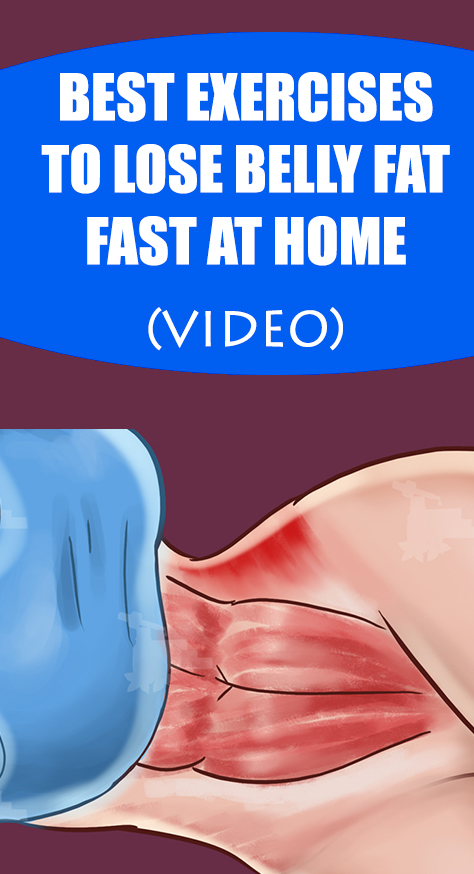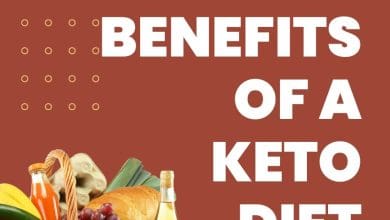The Ketogenic Diet: A Detailed Beginner’s Guide to Keto
The ketogenic diet, commonly referred to as the keto diet, is a high-fat, low-carb eating plan that has gained popularity in recent years. This way of eating is designed to help your body enter a metabolic state called ketosis, where it utilizes fats for energy instead of glucose.
In this article, we will dive deeper into the basics of the keto diet, how it works, what to eat, and some tips to help you get started.
What is the Ketogenic Diet?
The keto diet is a low-carbohydrate, high-fat diet that involves significantly reducing your intake of carbohydrates and replacing them with healthy fats. When you reduce your carb intake, your body enters a state of ketosis, where it burns fat for energy instead of glucose.
In a traditional diet, carbohydrates provide energy for the body. Your body utilizes glucose from carbohydrates as its primary source of fuel. However, when your carb intake is significantly reduced, glucose levels decrease, and your body starts to produce ketones as a backup fuel source to power your body.
How Does the Ketogenic Diet Work?
As mentioned above, the keto diet aims to put your body in a metabolic state called ketosis, where your body burns fat for energy instead of glucose. To achieve this, you need to limit your carbohydrate intake as much as possible while increasing your fat and protein intake.
When your body enters into ketosis, it burns stored fat for energy instead of carbohydrates, which leads to rapid and sustainable weight loss. The diet also helps to reduce your appetite, increase your energy levels, and improve your overall health.
What To Eat on a Keto Diet
The keto diet emphasizes high-fat, low-carb foods. Here are some foods that are recommended:
- Non-starchy vegetables: broccoli, cauliflower, spinach, kale, and other leafy greens
- Proteins: chicken, beef, fish, eggs, and other meats
- Healthy oils: olive oil, coconut oil, and avocado oil
- Dairy: cheese, butter, heavy cream
- Nuts and seeds: almonds, macadamia nuts, pumpkin seeds, and chia seeds
Moreover, foods to avoid on the keto diet include:
- Sugary foods: soft drinks, cakes, candies, and pastries
- Grains and starches: pasta, bread, rice, and cereal
- Fruits: all fruits, except for small portions of berries
- Processed foods: chips, crackers, and packaged snacks
- High-carb vegetables: potatoes, carrots, corn, and peas
Tips to Get Started on the Ketogenic Diet
Getting started on the keto diet can be challenging, but here are some tips to help:
- Plan your meals: Planning your meals ahead can help you adhere to the diet and stay within your macro-nutrient goals.
- Stock up on keto-friendly foods: Purchase keto-friendly foods to make your meal planning easier.
- Stay hydrated: Drink plenty of water and other fluids to keep your body hydrated and compensate for the lack of fluids from carbohydrate-rich foods.
- Monitor your macros: Pay attention to your daily protein, fat, and carb intake to ensure that you stay in ketosis.
- Be patient: The diet takes time to work, so do not expect overnight results. It takes up to a month for your body to become fully adapted to the new eating plan.
Final Thoughts
The keto diet has been shown to have many benefits, including weight loss, improved energy levels, and reduced inflammation. However, as with any new eating plan, it’s vital to consult with a healthcare professional before starting.
It’s also essential to follow the tips we have shared above to make your transition to the keto diet as smooth and comfortable as possible. With time, patience, and dedication, the ketogenic diet can help you improve your health and achieve your weight loss goals.


